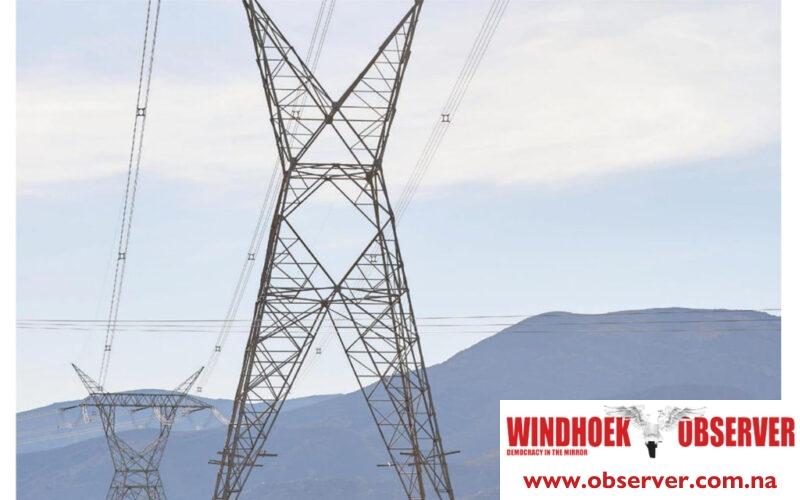Niël Terblanché
The Namibia Electricity Control Board (ECB) has announced an eight percent increase in NamPower’s bulk tariff for the current financial year.
This adjustment, set to take effect from 1 July, was disclosed by NamPower’s managing director, Kahenge Haulofu, who attributed the hike to the rising costs of electricity generation, particularly due to higher prices for imported electricity.
Haulofu elaborated on the reasons behind the tariff increase, noting the significant impact of the under-recovery of revenue.
“The lower-than-projected generation from the Ruacana Hydro Power Station necessitated the replacement of this energy with more costly imports. Additionally, the depreciation of the Namibia dollar against the US dollar in 2023 and forecasted inflation variances have further contributed to the increased costs,” Haulofu explained.
He emphasised that generating electricity at Ruacana is relatively inexpensive compared to other sources.
However, reduced generation capacity at Ruacana because of low water levels in the Kunene River compels NamPower to resort to more costly alternatives or imports, thereby driving up overall costs.
Starting on 1 July, electricity charges from NamPower will include several additional fees: a 15 percent Value Added Tax (VAT) on the total invoice, a 2.12 cents per kilowatt-hour (kWh) levy for the ECB, and a National Energy Fund (NEF) levy of 1.60 cents per kWh, applicable to all Transmission Time of Use (TOU) Tariff customers.
Haulofu detailed that the ECB has approved a TOU tariff, meaning electricity costs will vary based on the time of use.
This tariff encompasses various charges, including the Customer Service Charge, Point of Supply Charge, Network access Charge, Maximum Demand Charge, Energy Charges, Losses Charges, and Reliability Charge.
“The Customer Service Charge is applied to all customers, regardless of their usage. The Point of Supply Charge varies based on the size of supply and type of metering, and both charges are payable regardless of electricity consumption,” Haulofu said.
He also explained that the Network Access Charge is based on the highest demand during the month and applies to all periods.
“The Maximum Demand Charge, on the other hand, is applicable only during peak and standard periods for energy drawn from the transmission network,” he said.
Energy Charges will vary by time and day, as well as supply voltage. Additionally, Losses Charges apply to energy consumed by NamPower and Independent Power Producers (IPPs), differentiated by time and voltage, while the Reliability Charge is a flat rate for energy consumed from IPPs, not varying by time or voltage.
Haulofu also highlighted the Notified Maximum Demand Penalty Charge, which is 100 percent of the Network Access Charge and Maximum Demand Charge for exceeding the contractual demand for three consecutive months.
“If demand subsequently falls below the contractual demand, the penalty charge will reset to zero until the demand exceeds the contractual threshold for another three months,” he added.



